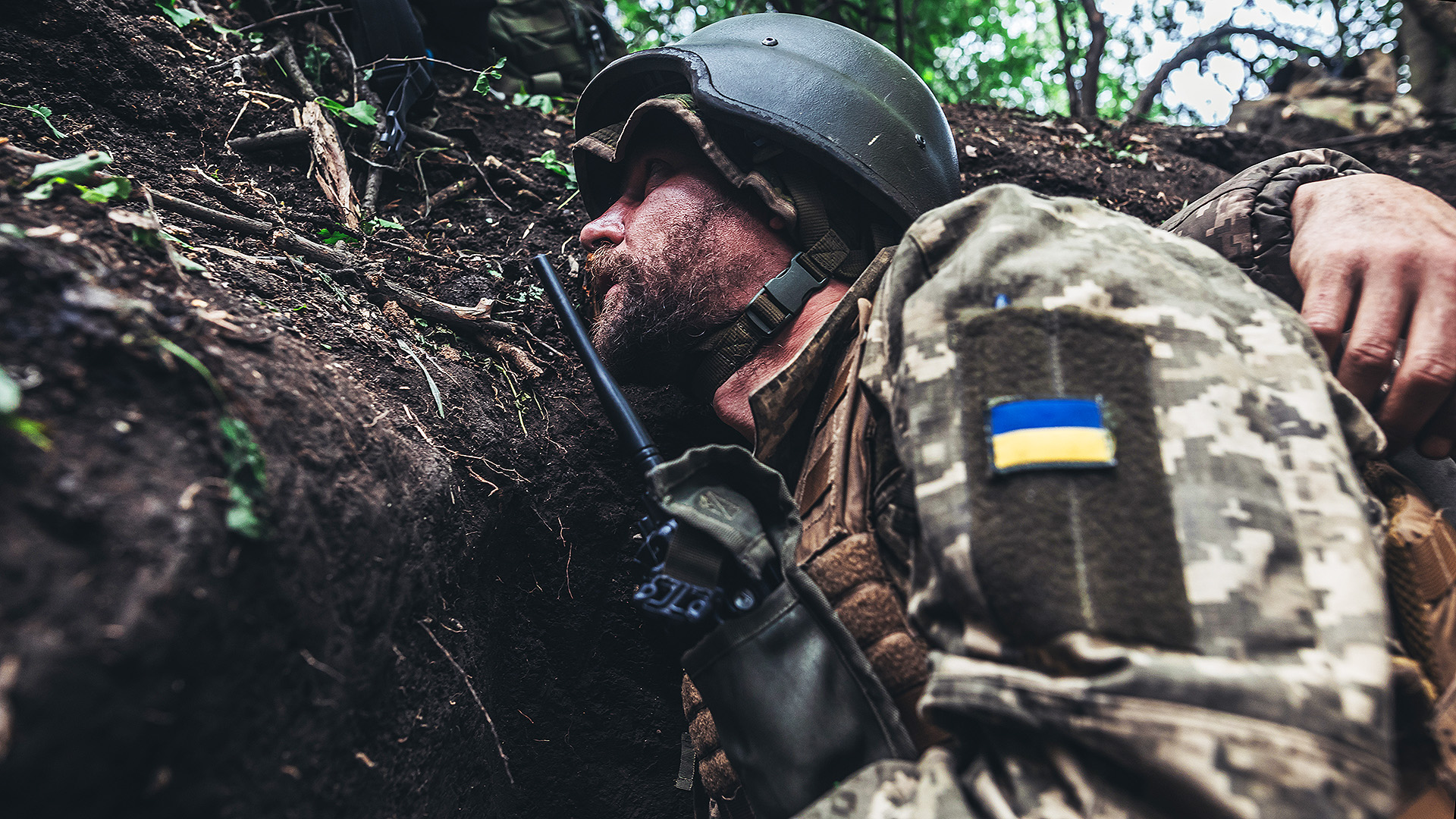After more than a week of fighting along the Donets River line, Ukraine has reportedly committed additional forces to the battle for Severodonetsk, some of which are foreign fighters.
Footage from Saturday showed Ukrainian International Legion troops arriving in the besieged city as efforts to push back Russia’s offensive continue.
The foreign troops — most equipped with what appears to be a mix of Belgian-made FN SCAR-L, Czech CZ 802 BREN assault rifles, and NLAW rockets — are reportedly part of a significant Ukrainian counterattack in the area.
Reports both from Luhansk Province’s Governor Serhiy Haidai and Igor Girkin, a veteran of Russia’s 2014 Annexation of Crimea and early operations in the Donbas, indicate a Russian retreat in the city.
Reports from the frontline seem to indicate that after Russian forces advanced deep into the city, Ukraine opted to reinforce and redeploy units to the area instead of a retreat. Turning the battle for the city into an urban street-to-street fight, not unlike the months of fighting for Mariupol, both favor the defender and can chew through attacking troops in increasing numbers.
The move appears to have paid off with Ukrainian troops retaking much of the city as Kyiv commits more units equipped with new western equipment to the battle.
Before heading into the latest reports from Ukraine, The War Zone readers can get caught up on our previous rolling coverage here.
The Latest
Russian forces are increasingly able to combine ground attacks with close air support along its frontlines in the Donbas, according to the latest intelligence update from the British Ministry of Defense. Russia’s inability to employ highly coordinated, combined arms operations was one major reason why its bid to take Kyiv and other areas early in the invasion failed. This increased coordination shows that Russian forces are indeed adapting and trying to overcome their glaring deficiencies.
Ukrainian air defenses, ranging from infrared-guided man-portable-air-defense systems (MANPADS) up to its long-range S-300 missile batteries, have made Russian Air Force operations costly. Footage from Saturday showed yet another reported kill of a Russian helicopter in the Donbas.
Combined with overwhelming firepower from Russian artillery, more effective close air support could prove significant as Russia attempts its breakout through the Donbas and into the Ukrainian interior.
There’s also the increasing problem of Russian electronic warfare (EW) at the frontline. A report from the Associated Press cited a Ukrainian intelligence official that Russian jamming is degrading both GPS receivers and lines of communication.
The report specifically noted impacts on Ukrainian drones used to locate Russian forces and direct (as well as correct) artillery fire.
Speaking of artillery, images from the Ukrainian General Staff show recently donated former Norwegian M109A3GN 155mm self-propelled howitzers in combat.
The self-propelled guns appear to already have a healthy dose of foliage added on for camouflage in the form of pine branches.
A historic 16th-century monastery in Donetsk burned Saturday after Russian shelling. The wooden structure of the Ukrainian Orthodox Church of the Moscow Patriarchate dated to 1526 and had reportedly been shelled in recent days as fighting neared the area.
Ukrainian forces posed with a Lithuanian ED4MS-UA counter-drone jammer system on Saturday.
Russian missiles struck a grain port in Mykolayiv, adding to continued concerns about looming food shortages from the war.
Ukrainian forces used an aging ZSU-23-4 Shilka self-propelled anti-aircraft gun (SPAAG) against a Russian drone.
Russian saber-rattling toward NATO continued Saturday as well, with threats of attacks on western cities should Ukraine strike Russian territory with NATO-supplied weaponry.
We will continue to update this post with new information until we state otherwise.
Contact the author: stetson.payne@thewarzone.com
